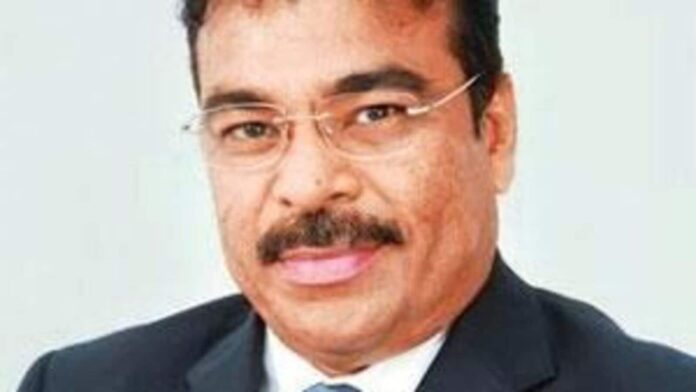“I do not see a risk in lending for electric vehicles now because I feel technology is getting established and becoming more reliable because of the presence of large and established manufacturers. Once large entities come and build technology, reliability and infrastructure, then automatically that industry goes for a big change. This is happening in the two-wheeler segment. Similarly, that is happening in three-wheeler. Now we can see that it will happen in four-wheeler also,” Revankar told Mint in an interview.
He emphasized that five years ago, he wouldn’t have thought of lending for EVs, but feels comfortable doing so now because green mobility is viable to individuals today.
“I do not see a big risk in lending for electric or any other alternative fuel vehicle as long as it is viable to the individual buyer who buys it. Five years ago, I would not have thought about financing electric vehicles at all. And now things are established, there are generally accepted standards, battery charging infrastructure,” Revankar stressed.
Product viability is justified when the cost of owning that product is less than its alternatives, he said. “For businesses to adopt electric vehicles, the product must be superior, and the overall cost of acquisition must be more favourable than diesel or other alternatives. The technology needs to be advanced enough to justify ownership,” he said.
Expanding EV funding
To be sure, leading automakers such as Bajaj Auto and TVS Motor announced their foray into the EV segment in 2020, while Mahindra & Mahindra launched electric three-wheelers in 2018, indicating the growing presence of large automobile manufacturers in the EV sector over recent years. Tata Motors is already India’s largest electric vehicles manufacturer.
Revankar’s assessment of the sector followed Shriram Finance’s announcement of a specialized green vertical to cater to electric mobility and green projects. Shriram Green Finance will raise global and domestic funds over the next 3-4 years with a target of having assets under management (AUM) worth ₹5,000 crore, Revankar said.
These assets will be used to fund green projects such as financing EVs, battery charging stations, renewable energy products and solutions, and energy-efficient machinery, Shriram Finance, a non-bank lender, had said in a press release on 20 December.
“I am trying to build a focus in the company, in the employees, to focus on electric and alternative fuels as a way of going forward and also trying to reach out to that set of a customer. We are trying to show that this team will continuously think, plan and look for an opportunity to serve, look for a viable product, and meet a similar kind of customers who are looking for a change,” he said.
Under the Shriram Green Finance vertical, Shriram Finance will provide support to entrepreneurs and individual consumers who want to purchase green vehicles, set up EV chargers, or engage in any other green projects.
Government action key to EV growth
A crucial hurdle for EV financing, however, is the absence of a long-term strategy towards boosting manufacturing scale, said Revankar. If there is lack of scale in manufacturing for green mobility, generating demand for funding green mobility acquisitions automatically becomes a challenge, he said.
“I do not see a long-term strategy. We are talking about net zero by 2070, but what is the long-term strategy we have? That is not known. Every two or three years, the government introduces new subsidy schemes for EVs, but this is not going to really help the public ownership. The public needs certainty going forward for individuals to make a move,” said Revankar.
He said that the government should generate demand in the sector by electrifying public transport to expedite the green transition.
“I believe all state government undertakings have facilities such as garages, depots, and bus stands that are public places. They can build infrastructure and electrify these locations and provide charging stations for everyone. It is easier for the government to take this step and establish infrastructure than to offer subsidies for individuals to buy electric vehicles. Therefore, I think both state and central governments need to collaborate and plan effectively, which will help in the transition,” he said.
To be sure, the government’s flagship subsidy scheme for electric vehicles — PM E-drive — has an overall outlay of ₹10,900 crore, of which ₹4,391 crore will be used to subsidize public transport, and ₹2,000 crore will be spent on supporting public EV charging infrastructure. The scheme is used to provide demand-side incentives.
To provide supply-side incentives and boost indigenous manufacturing, the government also runs the production-linked incentive scheme for automobiles and auto components (PLI-Auto), specifically geared towards zero-emission vehicles.
Both these schemes, however, will run for short durations. The PM E-drive scheme will work till FY26, and manufacturers will only receive benefits under the PLI-Auto scheme till FY28.
#financing #longer #risky #Shriram #Finances #executive #vice #chairman #Umesh #Revankar
